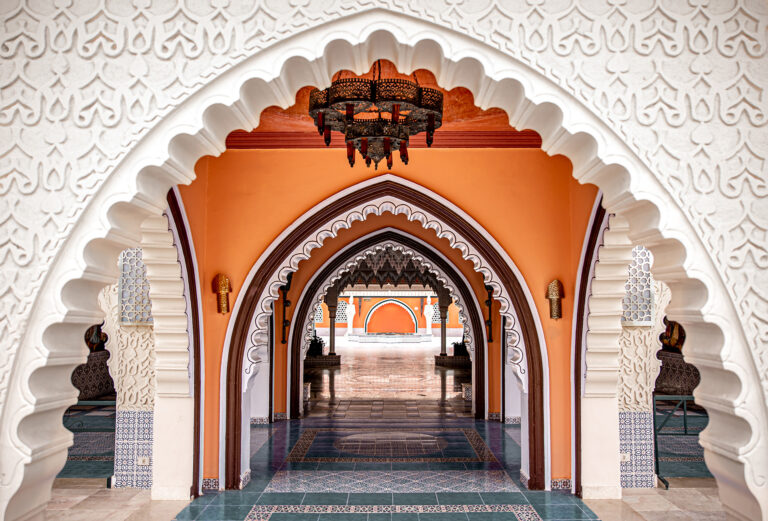
Architectural Design in Iran: A Fusion of History, Culture, and Innovation
Iranian architecture, as one of the world’s richest cultural heritages, reflects the culture, religion, and art of this land from ancient times to the present day. Architectural design in Iran, influenced by the climate, local materials, and social beliefs, has always been deeply intertwined with the lives of its people. This article examines the characteristics of architectural design in Iran, from ancient times to the modern era.
1. Architectural Design in Ancient Times
In ancient times, Iranian architecture was based on principles of functionality and aesthetics.
– Ziggurat of Chogha Zanbil is a prominent example from the Elamite era, showcasing symbolism and the importance of religious sites.
– During the Achaemenid period, architectural design emphasized the grandeur and magnificence of the empire. Palaces such as Persepolis, with their tall columns and intricate reliefs, represent a fusion of art and power.
2. Architectural Design in the Islamic Era
With the advent of Islam, Iranian architecture shifted toward creating spaces for worship, education, and social interaction.
– Mosques: The design of Iranian mosques evolved from simple initial layouts to complex structures like four-iwan mosques. The Jameh Mosque of Isfahan is a notable example of this design.
– Tilework and Ornamentation: Vibrant tiles, muqarnas, and Quranic inscriptions became hallmark features of this era.
– Persian Gardens: Garden designs, emphasizing symmetry, water features, and defined pathways, reflected cosmic order and inner tranquility. The Fin Garden in Kashan is a prime example.
3. Architectural Design in the Safavid Era
The Safavid era marked the pinnacle of architectural design in Iran.
– Naqsh-e Jahan Square in Isfahan represents a harmonious blend of public, religious, and commercial spaces meticulously designed.
– The use of azure and turquoise tiles, along with precise layouts, distinguishes this period.
4. Architectural Design in the Modern Era
In modern times, Iranian architecture has been influenced by modernism and socio-economic changes.
– Pahlavi Era: Structures like Azadi Tower combine traditional and modern elements, reflecting an effort to preserve Iranian identity amid modernization.
– Post-Revolution Architecture: This era emphasizes Islamic-Iranian values, while modern spaces continue to expand rapidly.
– Contemporary Challenges: Today, architectural design in Iran faces challenges such as sustainable development, preserving cultural heritage, and addressing population needs.
5. Principles of Architectural Design in Iran
Architectural design in Iran is founded on enduring principles that have persisted over time:
– Climate-Orientation: Incorporating wind catchers, central courtyards, and thick walls to adapt to climatic conditions.
– Symmetry and Order: Reflecting the harmony of nature in architectural designs.
– Attention to Detail: From tilework to intricate reliefs, attention to detail has always been a significant aspect of Iranian design.
Conclusion
Architectural design in Iran has always represented a fusion of culture, history, and art. This rich heritage not only inspired past generations but can also guide today’s architects in creating spaces that maintain Iranian identity while meeting modern needs.


No comments yet.